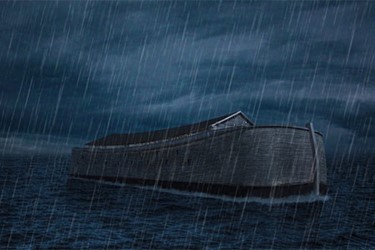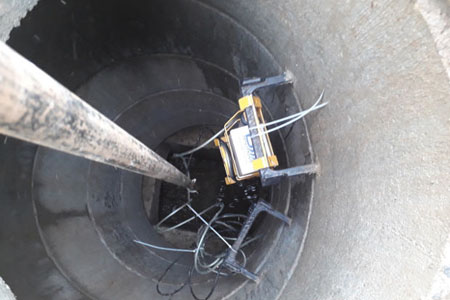The Great Flood And Future Predictions
By Dave Walker

Did you know that the earliest recorded flood is that of the Great Flood detailed in Christian Bibles, the Torah, and the Quran? I was, therefore, amused to hear from a channel partner about a flow monitoring job in the Eastern Anatolia region of Turkey, at the foot of Mount Ararat. Why? Because Mount Ararat is cited as the place where Noah’s Ark came to rest after the Great Flood (Genesis 8:4).
5,000 years on from the Great Flood, hydrologists and flood risk managers throughout the world might be overjoyed (if a little nervous) to hear a voice from the skies giving warning that a flood is imminent and that they should get ready.
However, lack of any divine intervention means we must predict flood risk in a more technologically sophisticated manner.
The race is on for water companies, software houses, and hydrologists to develop a set of tools that will predict issues arising in the sewer network, thereby reducing risk and improving network resilience.
A prediction is a statement about the way things will happen in the future, often based on experience, knowledge, and data. With predictions, there is typically a huge amount of data, time is of the essence, and there is continual activity that impacts the future. Freshness of data is a key factor and plays a major role in forecasting the future course of action.
Today, we have accumulated and archived billions of data points from various sewer networks. This data is being used with live data from a number of strategic monitors to develop complex algorithms. The outcome is an enhancement of machine learning to an extent these systems are progressively becoming fully autonomous.
The challenge is a moving platform. As Albert Einstein once said: “We cannot solve our problems with the same thinking when we created them.” The sewer network is a varying vehicle of transportation. When it was designed hundreds of years ago, wet wipes did not exist. It’s only recently that we hear of miles of fatbergs being found in London’s sewers. The way we use our sewer network today is changing all the time, and it’s creating more and more challenges for us. Predicting floods and heavy rainfall is one thing; predicting the resilience of a sewer network is an even bigger challenge.

Detectronic MFSM AV flow monitor installed at the foot of Mount Ararat in Turkey
In the future, automated systems will provide decision-making by delivering actionable reports 24/7, the benefits of which will not only meet but exceed the resilience drivers being placed on the global water industry. Automated decision-making tools are set to save water companies hundreds of thousands in financial costs through the reduction of emergency call-outs, improved response time to prevent flooding, and the reduction of pollution events.
Will these automated systems ever replace human intervention? I would say not, but they will undoubtedly improve how we manage the network and enhance overall efficiency going forward.
Dave Walker is commercial director at Detectronic, which specializes in water monitoring and works with water companies and industrial customers to enable regulatory and environmental compliance, improve process efficiencies, and reduce costs.
